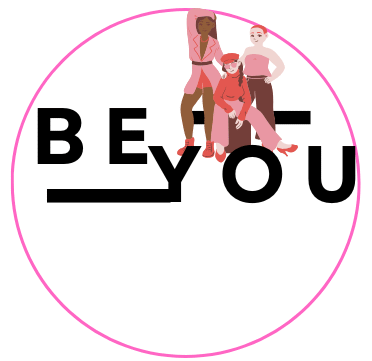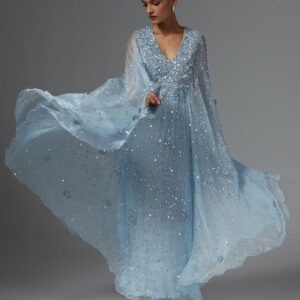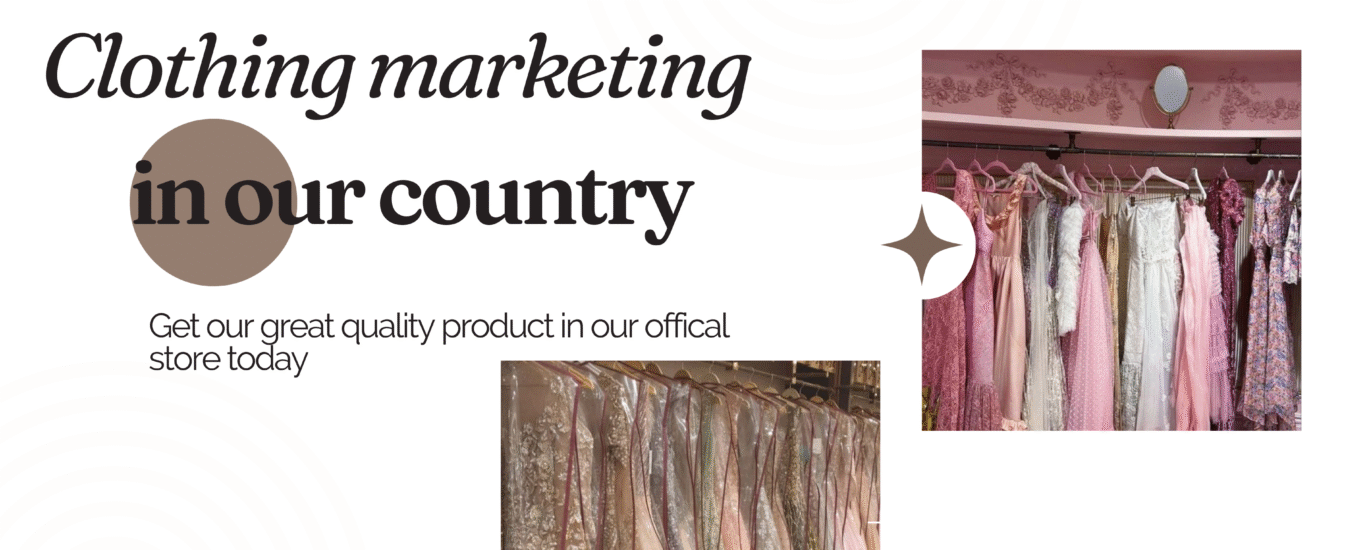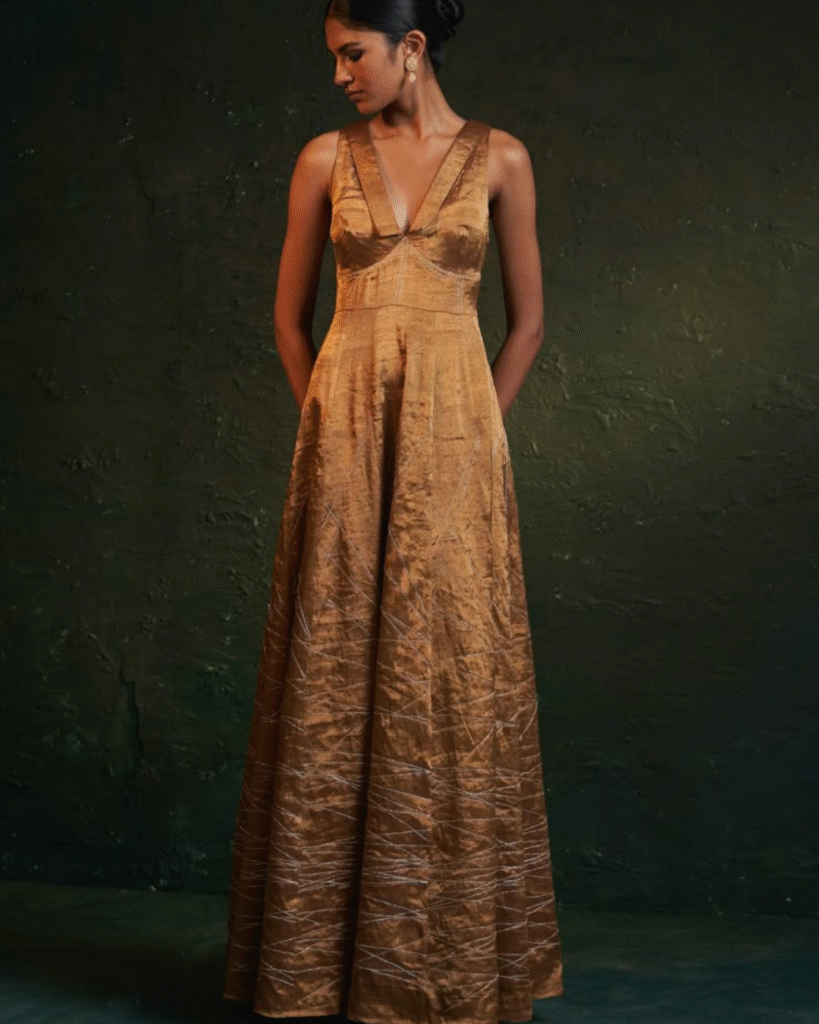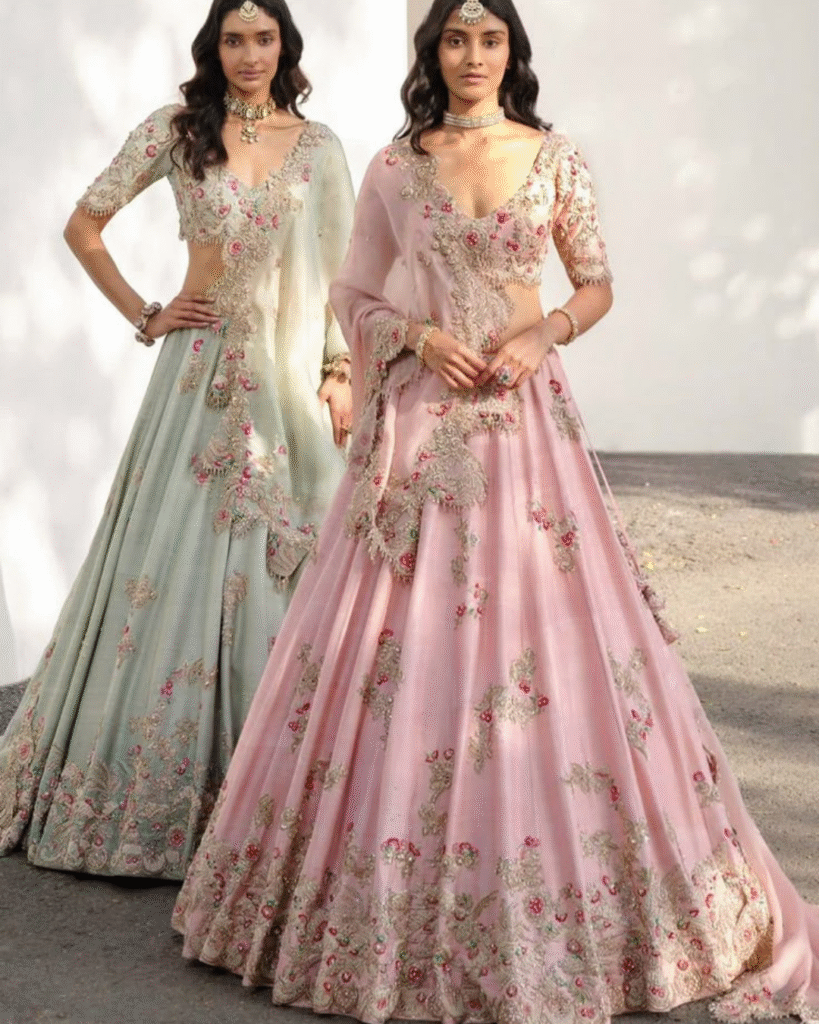Clothing market, estimated to be worth USD 111.83 billion in 2024 and expected to grow to USD 170.37 billion by 2034, is a vibrant fusion of traditional and contemporary design. The sector is flourishing because to the growth of e-commerce, sustainability, and changing fashion trends.
At Be You, we value uniqueness, empowerment, and inclusivity, making fashion a confident statement. At the core of our brand is our dedication to embracing all body types, even as consumers look for eco-friendly materials and distinctive designs.
Come help us create the fashion of the future, where diversity is evident in every fabric and elegance meets authenticity.
Our nation’s apparel market is expanding quickly due to changing fashion trends, growing consumer awareness, and an increase in both domestic and foreign businesses. From traditional attire to contemporary street fashion, the scene has evolved into a thriving fusion of commerce, art, and culture.

The Clothing Market’s Development
Our nation’s clothing industry used to be mostly based on tradition, with handcrafted apparel made by regional tailors and artisans. The market has changed significantly over time. The way individuals dress, shop, and express themselves through fashion has changed as a result of urbanization, technology, and global exposure.
Customers now have convenience and variety because to the advent of ready-made clothing and the growth of retail chains. These days, trends and consumer behavior are greatly influenced by social media influencers and online clothing market.

The Role OF Local Brands And Designer
The rise of independent designers and regional businesses is among the most exciting developments in the clothing market . In order to create fashions that appeal to the younger generation while maintaining cultural roots, these entrepreneurs are fusing modernism and legacy.
Additionally, local fashion brands are emphasizing sustainability by employing ethical production practices and eco-friendly textiles. In addition to helping the environment, this change fosters trust among customers who are becoming more environmentally sensitive.
Popular segments In The Clothing Market
Our nation’s clothing market can be split into multiple important segments:
Traditional Wear: At festivals and weddings, ethnic attire such as kurtas, sherwanis, and sarees continues to be in style.
Casual & Everyday Wear: Particularly among young people, dresses, jeans, and t-shirts rule the daily wear clothing market.
Formal Wear: Working people frequently request office wear, such as suits, blazers, and fitted dresses.
Activewear and Athleisure: As people’s knowledge of health issues grows, there is a desire for comfortable athletic attire and gym wear.
Growing family wealth and knowledge of baby fashion are driving the rapid growth of the kids’ and infant wear market.
Key Drivers Of Market Growth
Our nation’s garment sector is flourishing due to a number of factors:
Young Population: Since a sizable portion of the population is under 35, they have a significant influence on fashion trends.
Growth of E-commerce: Online platforms provide convenience, exclusive offers, and a broader audience.
Social Media Influence: Fashion became more widely available as a result of the rapid propagation of trends on sites like Instagram.
Increased Purchasing Power: As salaries rise, buyers can afford a wider range of high-end fashion options.
Urbanization: As people live more urban lives, there is a greater need for fashionable yet practical apparel.
Challenges Facing The Industry
The apparel industry still confronts obstacles in spite of its expansion:
Competition: Local and international companies are vying for the attention of consumers.
Fast Fashion Waste: Overproduction and waste are causing environmental concerns.
Price Sensitivity: Profit margins are under pressure as customers continue to look for reasonably priced choices.
Conclusion
Our nation’s apparel market reflects identity, culture, and innovation and is more than just a business. Brands that embrace change, appreciate creativity, and pay attention to their consumers’ ever-evolving requirements will have endless development prospects as the industry continues to transform.

